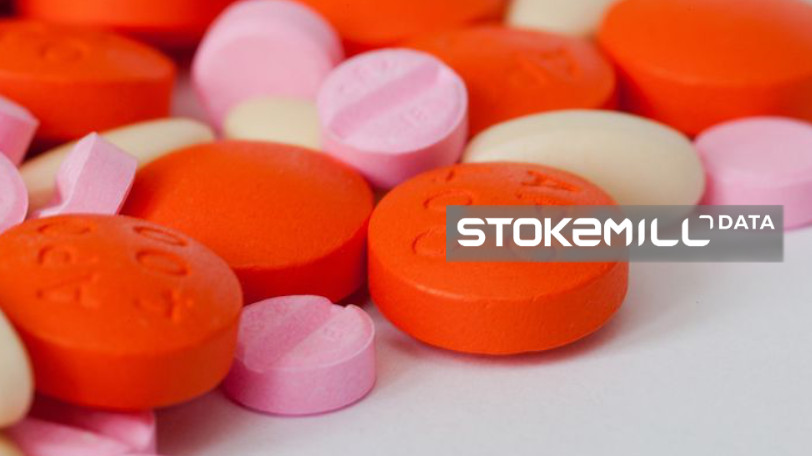Pharmaceuticals, Biotechnology, CRO
Pharmaceuticals, Biotechnology, CRO
The global pharmaceutical market was valued at USD 1.2 trillion at ex-factory prices in 2020.
The food and Drug Agency FDA approved 55 novel drugs in 2021, as the US industry remained at the forefront of research and development efforts, investing significantly more in R&D than Europe and Japan combined. The European Medicine Agency, EMA approved 54 novel active substances in the same year. The fastest growing therapy areas as seen in market authorisations on the EMA 2021 report were led by cancer, followed by neurology, Covid vaccines and novel drugs, endocrinology, immunology, followed by cardiovascular, haematology, and dermatology. According to the European Federation of Pharmaceutical Industries and Associations, EFPIA, the European pharmaceutical market was valued at EUR 240 billion in 2020 at ex-factory prices. The EU pharmaceutical industry employed a total of 830,000 people, of which 125,000 worked in research and development. The trade balance was positive at EUR 155 billion, and the value of production was EUR 310 billion. Established trends have seen faster market growth and research moving away from Europe and the West to emerging economies such as Brazil, India and China. During the period 2015-2020 the Brazilian, Chinese and Indian markets grew by 11.3%, 4.8% and 10.0% respectively compared to an average market growth of 5.0% for the top 5 European Union markets and 4.9% for the US market, but from a smaller base.
In 2020 North America accounted for 49.0% of world pharmaceutical sales compared with 23.9% for Europe, 8.2% for China, 7% for Japan, 8.4% for Africa, Asia & Australia and 3.5% for Latin America. According to IQVIA (MIDAS April 2021, IMS Health), 63.7% of sales of new medicines launched during the period 2015-2020 were on the US market, compared with 17.4% on the European market (top 5 markets). All new medicines introduced into the market are the result of lengthy, costly and risky research and development (R&D) conducted by pharmaceutical companies. By the time a medicinal product reaches the market, an average of 12-13 years will have elapsed since the first synthesis of the new active substance; The cost of researching and developing a new molecule (also called active pharmaceutical ingredient or API) or biological entity was estimated at EUR 1,926 million in 2014; finally On average, only one to two of every 10,000 substances synthesised in laboratories will successfully pass all stages of development required to become a marketable medicine.
Many companies rely on Clinical Research Organisations, which allow some level of risk mitigation and offer ready access to large pools of patients during long, costly and risk prone randomized clinical trials. The CRO market is traditionally segmented along clinical trial stage (clinical trial phase I, II, III and IV), and covers Early-phase Development Services, Laboratory Services, and Consulting Services. It is a large, multinational, and sophisticated market catering largely to the needs of pharmaceutical, biotechnology and medical devices companies.
Keywords
Keywords: pharmaceutical market, pharmaceuticals, drugs, novel drugs, active ingredients, active substance, therapeutic molecule, active molecule, biological entity, medicines, generics, market authorisations, EMA, FDA, cancer, neurology, Covid, vaccines, endocrinology, immunology, cardiovascular, haema ology, dermatology, diabetes, autoimmune diseases, recombinant technology, biotechnology, peptides, active pharmaceutical ingredient, API, clinical trials, Clinical Research Organisation, CRO, Development Services, Laboratory Services, Consulting Services


